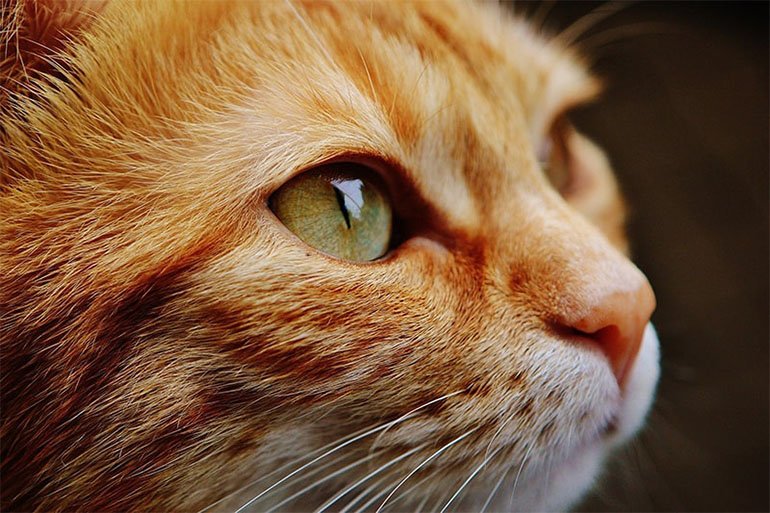Pet Search is a mother-daughter run blog. Together we have over 40+ years of professional pet grooming experience and we hope to pass some of that on to our readers throughout our in-depth and non-bias reviews and buyers guides.
We do not accept sponsored posts however we do include affiliate links throughout our posts and we receive a share of the revenue generated from your purchase which contributes to the running of CleanerPaws.com.
This review guide was updated in January 2019.
Cats aren’t really much like humans in most ways. They may have their own personalities and temperaments, but they’re also fluffy, walk on all fours, and can sometimes seem even smarter than their owners. However, humans and cats actually share a lot of the same health issues, and one of those is pinkeye. In fact, pinkeye is the most common type of eye infection for cats.
What is pinkeye?
Pinkeye is an eye infection. It is medically known as conjunctivitis, which refers to the inflammation of the conjunctiva of the eye. (The conjunctiva is clear and covers part of the front of the eye.) It’s more common in younger cats, and purebred cats are more likely to get it than mixed breeds. Your cat may develop pinkeye in one or both eyes.
What are the symptoms of pinkeye?
Your cat may not show a lot of symptoms with pinkeye, but one in particular usually stands out: the pink eye. In fact, this is the symptom that earned conjunctivitis its nickname. You will likely notice a distinctive pink (or light red), hazy, swollen look to the eyeball and the surrounding tissue. Oftentimes, cats will also have watery eyes, and they may blink much more than usual. They may squint because the eye is uncomfortable, and their eyes may appear glassy from fluid buildup. There may be a crust or runny discharge around the eye, as well. Less often, your cat may sneeze or develop mild respiratory symptoms. If you notice any of these symptoms, a vet visit should be in order.
How does pinkeye spread?
Pinkeye isn’t usually a serious issue, but it may be a sign of a bigger problem. It can be caused by a wide variety of things, including a virus or bacteria that is passed from one cat to another. It may be a symptom of seasonal allergies. It can even be caused by a foreign object that’s become lodged in the eye, triggering the infection. In rare cases, pinkeye is a symptom of a failing immune system. Though it is normally a minor health issue, your vet may do a thorough exam and run tests to check for any larger problems.
What are the treatment options for pinkeye?
Pinkeye is normally treated with eye drops or an ointment like Terramycin ophthalmic ointment. Because many pet owners have difficulty giving their cats eye drops, you may want to ask your vet if the ointment is an option. It’s generally easier to administer.
The medication is often used up to 4 times a day, and many cats do better with an ointment versus drops.
Depending on the cause and severity of the pinkeye, your vet may also prescribe an antibiotic to treat the infection, an anti-inflammatory to control the pain and inflammation, or a corticosteroid to treat an allergic reaction.
Though most cats show quick improvement after just a few days of medication, it’s important to administer all the medication just as the veterinarian prescribes, even once symptoms have subsided. Otherwise, the pinkeye may recur, and it may be harder to treat the second time around.
Conclusion
Pinkeye is a common health issue for cats, so there is no need to worry. However, you should see a vet ASAP to determine the cause and severity of the pinkeye. Your vet can give you the best treatment options, and your cat will feel better in just a few days.

